This year to commemorate International Mine Awareness Day, we wanted to highlight some lesser-known facts about landmines, explosive remnants of war, and the mine-clearance sector. Read on to uncover the types of threats we eliminate and more about HALO's work in action.
Did you know… bombs from World War II are still killing civilians today?
HALO teams are not only clearing mines laid in present or active conflicts but also mines from past wars that were dropped decades ago. A rusty old grenade or landmine can still be just as dangerous decades later— and sometimes even more volatile. Today, some 60 million people in nearly 70 countries and territories worldwide still live with the risk of landmines and deadly explosives. Every year more than 5,500 people are killed or maimed by landmines; most are civilians and half are children.
**In 2022 alone *Figures from UN
Between 1942 and 1945, the United States and its allies fought Japanese forces for control of naval and air bases in the Solomon Islands. The combination of fierce land battles, naval and artillery bombardment, aerial bombing, ammunition dumping, and munition store explosions have left Solomon Islands with a deadly and widespread, but largely uncharted legacy of contamination with unexploded and abandoned ordnance.
Learn more about our work on the ground in the Solomon Islands.

Simon Conway presents: HALO in the Solomon Islands
In this exclusive session hosted by Head of Program Development, Simon Conway, the award-winning author shares his firsthand experience in the Solomon Islands.

Eight decades of explosives on the Bloody Ridge
HALO completes survey of infamous World War Two battle site ahead of 81st anniversary of the Guadalcanal Campaign – one of the most crucial contests during the war for the Pacific.
Did you know… HALO has found more than 2 million mines?
Help us clear 2 million more! Join us on our mission towards a safer tomorrow, one landmine at a time. Landmine clearance is the essential first step after war and conflict so that refugee families can return home, communities can rebuild, and people can go back to their normal lives.
You can help HALO take the first step by supporting our efforts:
-
DONATE today and join us in giving life back to communities. A small monthly donation of $5 can make a huge impact on a HALO program.
- TAKE ACTION today and urge your Representatives to support humanitarian demining. Write a letter to your Representatives in under one minute.
HALO protects lives not just by destroying landmines but also by teaching people, particularly children, how to stay safe until our work is done. We also work with local partners in countries like Zimbabwe, Afghanistan, Colombia, and Laos to ensure that landmine victims receive the support they need to regain their independence and live with dignity. Learn more about HALO's survivor's assistance and risk education work.

Supporting Landmine Survivors
In Zimbabwe, Noordeeu Cassim helps landmine survivors regain their mobility with artificial limbs, enabling them to support their families.
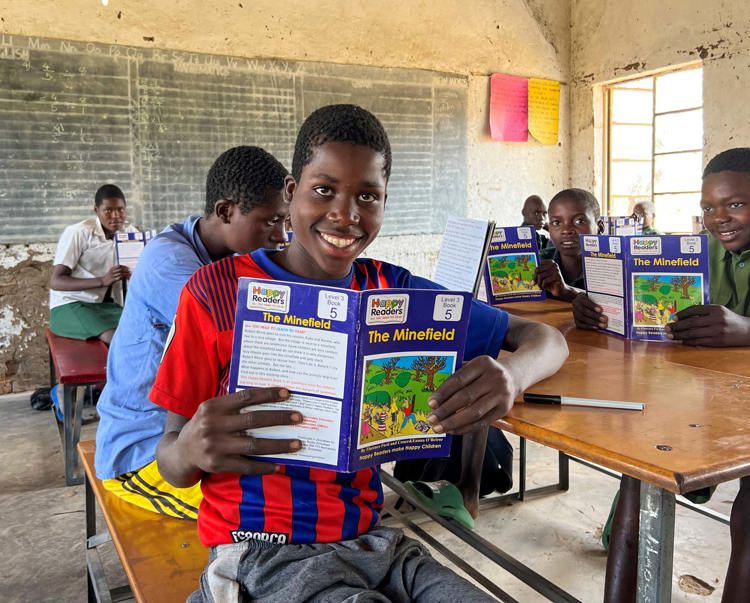
Teaching People to Stay Safe
Last year, HALO held 71,949 Explosive Ordnance Risk Education (EORE) classes across all HALO Programs. 1,055,653 Adults and children were taught how to stay safe from explosive hazards.
Did you know… there are more than 30 types of landmines in Ukraine alone?
There are currently more than 600 different types of landmines! This doesn’t even count the many improvised mines made by forces engaged in fighting around the world. These landmines are all grouped into two broad categories: Anti-Personnel (AP) and Anti-Vehicle (AV) mines, which are also commonly referred to as Anti-Tank mines.
Listen to this episode of Beyond Bombs with JJ Chalmers to get insight on different types of explosive threats from HALO experts. Pete Smith, HALO Ukraine Program Manager, walks us through the makeup and use of Improvised Explosive Devices (IEDs), while colleague Amy Duncan explains how a new landmine specifically designed to penetrate body armor and sense human presence has been used by Russia in Ukraine. Meanwhile, Fiona Kilpatrick talks about the challenges in destroying very large explosive items— in this case, a 750lb aircraft bomb buried in a remote village for over 50 years.

“Before we dispose of [IEDs], we need to know how they’re comprised. Generally speaking, they're all comprised of the same constituent parts. There’s that switch of some sort, either a pressure plate or a clock, a timer. There’s a detonator that is needed to initiate what we call the main charge, and that main charge is typically high explosive. Either that they’ve manufactured locally, or it’s been harvested from munitions and other ordnance from around the battlefield. And then typically, a power source of some sort. In this instance, it would’ve been a 9-volt battery.”
- Pete Smith, Program Manager, HALO Ukraine
Did you know… up to 40 percent of cluster bombs do not detonate on impact?
Cluster bombs are relatively small explosive or incendiary devices released from canisters containing 700 or more bomblets and designed to scatter over a wide area. In practice, due to a variety of factors, "dud rates" can range from around 3 percent up to 40 percent. That means these bomblets can act as landmines for generations to come, until an operator like HALO arrives to remove them.
Read about the threat of cluster bombs in Laos and the work HALO is doing to keep community members safe.
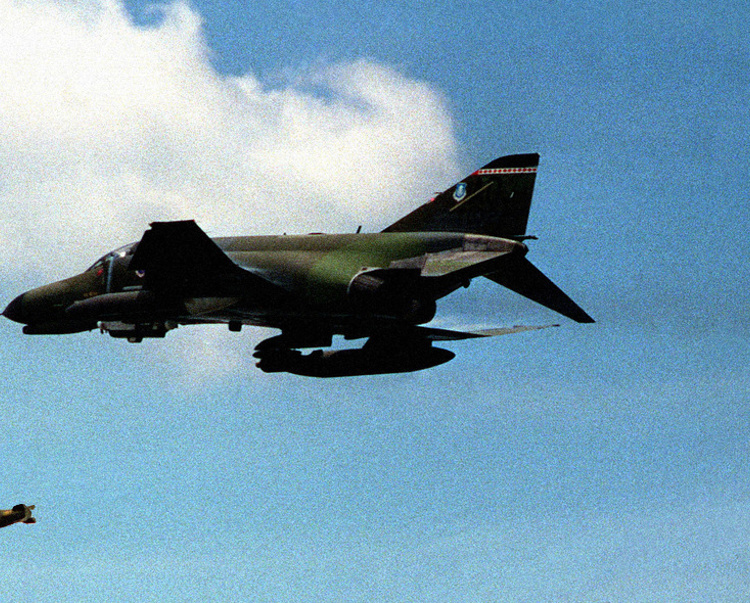
Visual Explainer: Laos
Two million tons of bombs were dropped on the landlocked nation in SE Asia. HALO is helping to find the ones that didn't explode.

Laos 50 Years On
JJ Chalmers talks to Sera Koulabdara, CEO of the charity Legacies of War and to William Hunter, who runs HALO's Laos program.
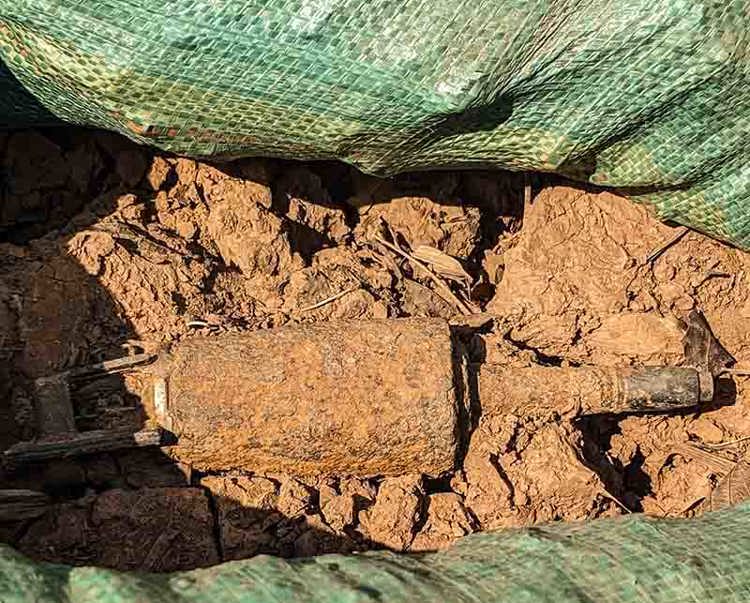
The Last Cluster Bomb
Exactly 50 Years after the last bombing raid on Laos, HALO's teams have found the cluster bombs dropped from that final sortie.
Did you know… HALO employs over 12,000 staff in 30 countries?
People in war-torn communities are desperate to educate their children and put food on the table, but often jobs are scarce. Without a living wage, it is difficult for families to survive. At HALO, we are committed to helping these communities rebuild their lives by providing training and employment opportunities to local men and women. In fact, 98% of our staff come from the communities we serve. In many of the countries where HALO works, there are limits to accessing education and training – particularly for women. The opportunities HALO provides can be life-changing.
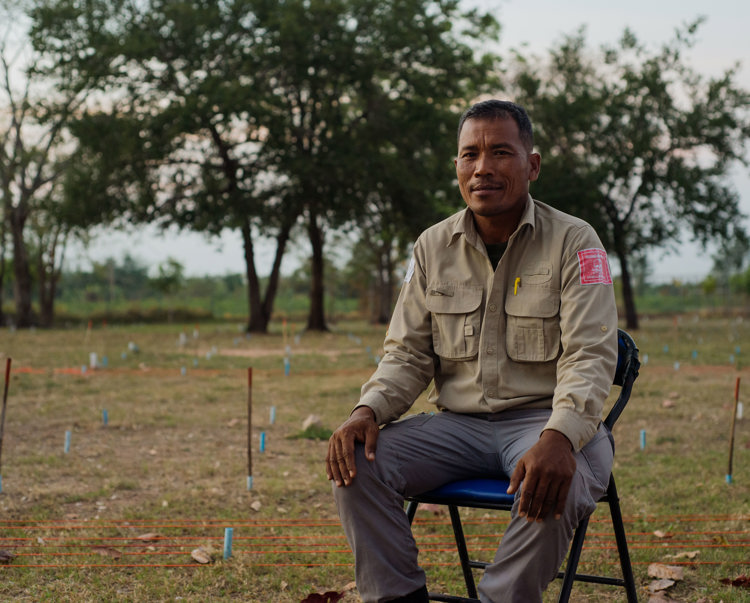
Un Ek's Journey
From Deminer to Mentor
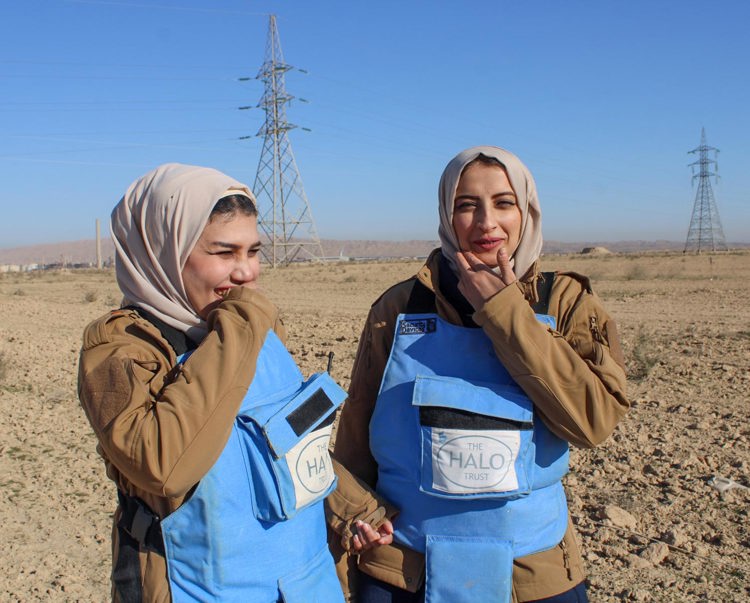
Safaa and Elaf's Story
The Iraqi Women Clearing Bombs
Did you know… the use of landmines can be traced back to the American Civil War?
Before the advent of gunpowder, area denial weapons like caltrops and buried spikes were used by the Romans and other forces in the ancient world. These serve as the precursors to the high-explosive landmines we see today. Though explosive weaponry can date back to the 13th century, when military forces in China’s Song Dynasty fought Mongolian invaders with bombs, it was not until the American Civil War that the landmine evolved into the form we typically see today. During this time, we saw the creation of devices comprised of metal casings filled with gunpowder, linked to a fuse and detonation method. Despite the tactical advantages that these early landmines provided, their deployment on the battlefield against civilian targets sparked considerable debate among Confederate leaders that continues today. The legacy of these Civil War-era mines lingers as well, with a notable discovery as recently as 2016 in Arkansas. A resident unearthed a Confederate landmine equipped with a pressure sensor fuse.



